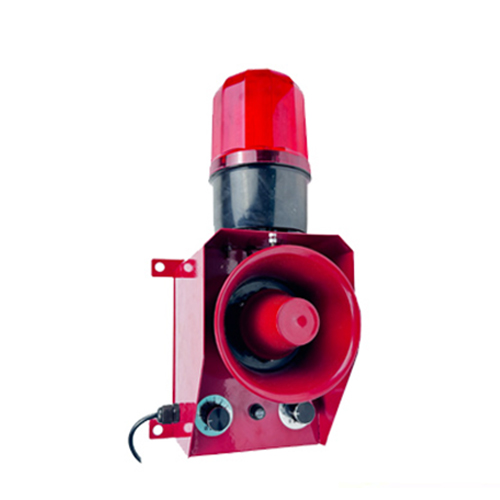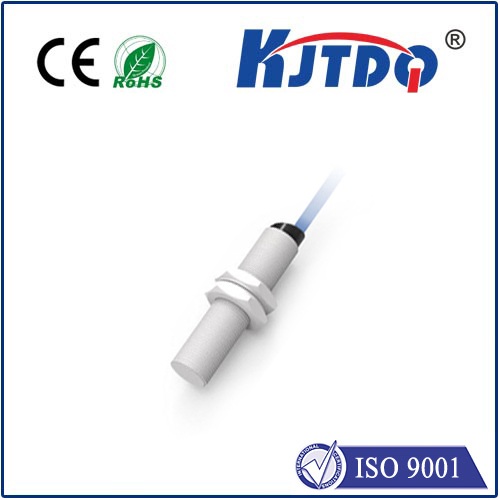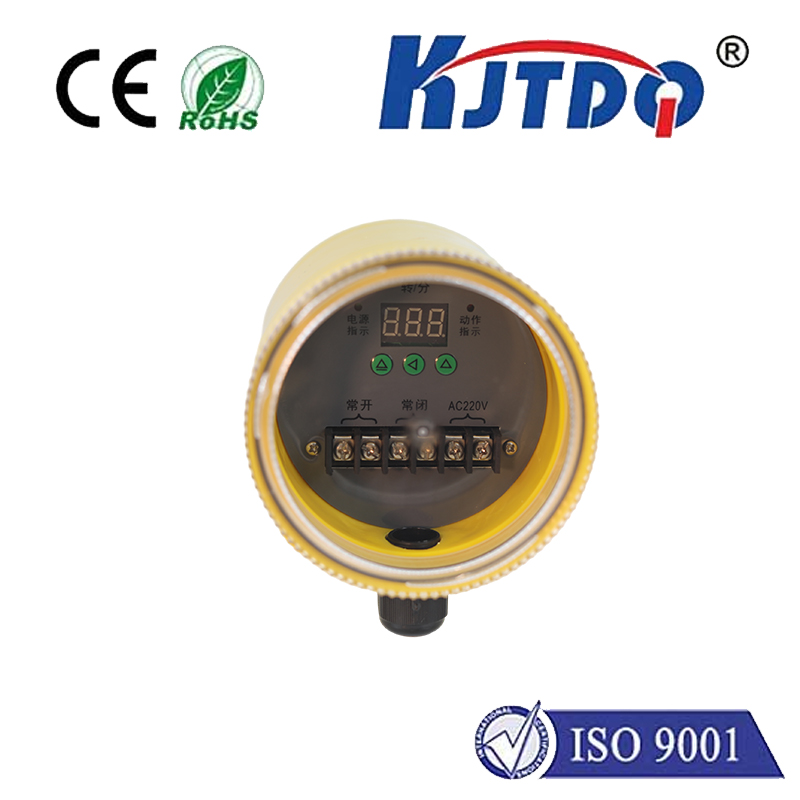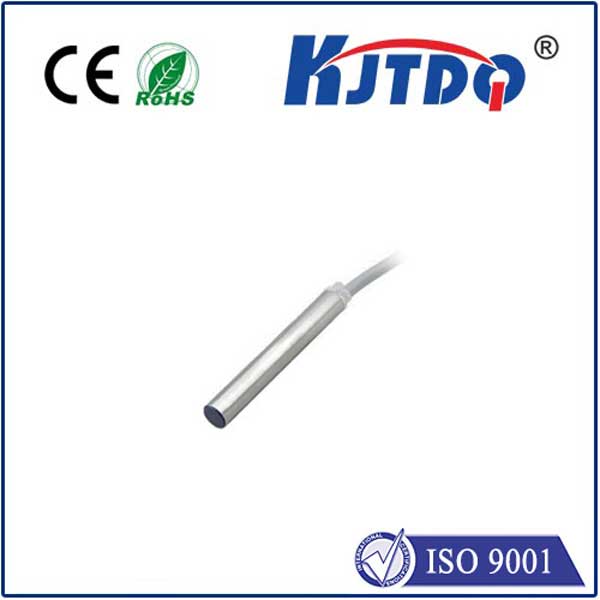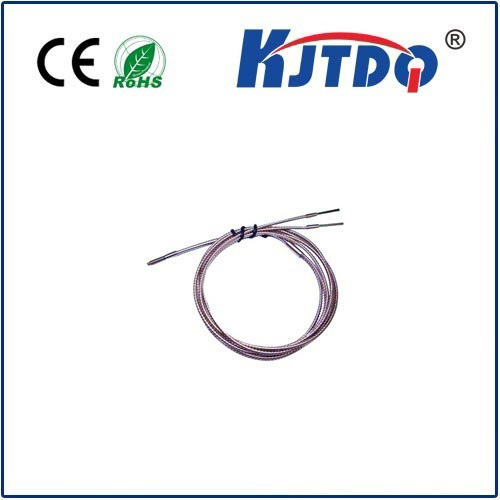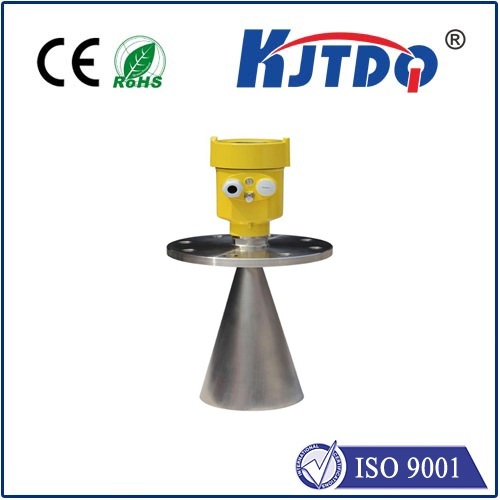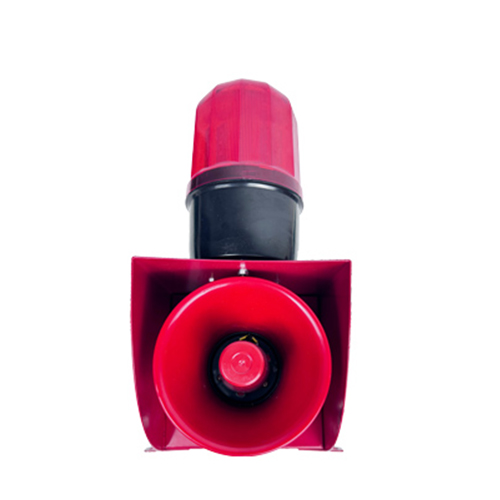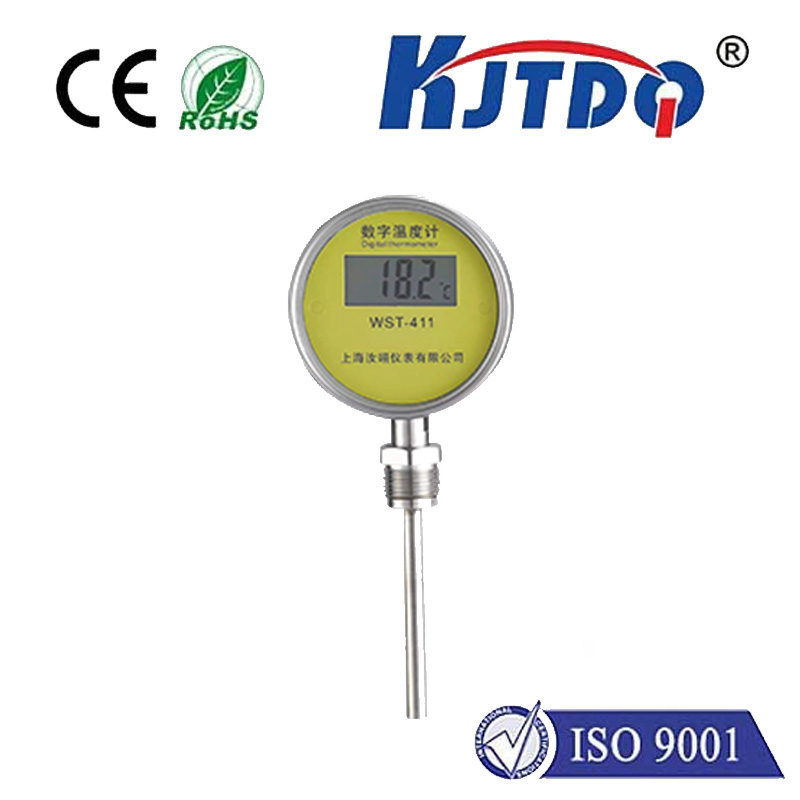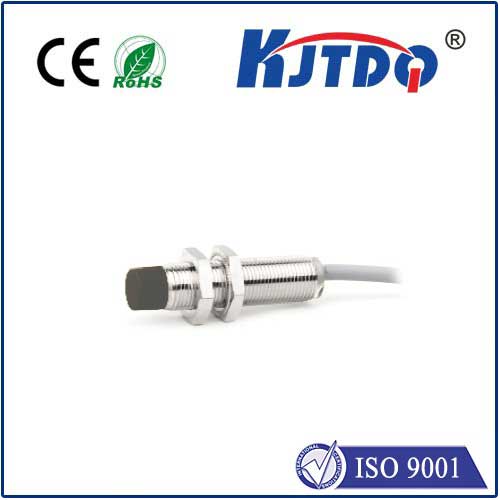knx temperature sensor
- time:2025-08-24 04:48:10
- Нажмите:0
KNX Temperature Sensors: The Intelligent Core of Building Climate Control
Have you ever wondered why some modern buildings feel perpetually comfortable while consuming surprisingly little energy? The secret often lies not in complex, hidden machinery, but in a network of intelligent components working seamlessly together. At the heart of this environmental precision sits the often-overlooked yet crucial KNX temperature sensor. Far more than just a simple thermometer, these devices are sophisticated data hubs, forming the sensory foundation for truly smart and efficient heating, cooling, and ventilation control within the KNX building automation ecosystem.
Understanding the Foundation: What is KNX?
KNX is the undisputed global standard for building automation, an open protocol enabling seamless communication and control between diverse systems like lighting, security, shading, HVAC, and energy management. Unlike proprietary systems, KNX devices from different manufacturers can interoperate effortlessly, providing unparalleled flexibility and future-proofing. Within this intelligent network, sensors gather vital environmental data, and actuators execute commands based on programmed logic or user input. Temperature sensors are arguably among the most fundamental components in this setup, providing the essential data that drives climate control decisions.
How KNX Temperature Sensors Work: Beyond Simple Measurement

A KNX temperature sensor is a multifaceted device integrating several key functions:
- Precise Sensing: Built-in thermistors or other sensing elements meticulously measure ambient air temperature with accuracy typically meeting specific standards like EN 50491-5.
- Intelligent Processing: The raw sensor data undergoes local processing. The device applies calibration offsets (if configured) and may incorporate algorithms for data filtering or averaging to provide stable and reliable readings.
- KNX Communication: This processed temperature value is converted into standardized KNX telegrams. These data packets are then transmitted onto the KNX TP (Twisted Pair) bus, KNX RF (Radio Frequency) network, or via KNX IP. The sensor essentially “speaks the KNX language”, ensuring compatibility with the entire system.
- Potential Multipurpose Functionality: Many KNX temperature sensors are not single-purpose devices. They frequently incorporate relative humidity sensors, making them multifunctional climate sensors. Others include physical buttons or touch interfaces for local control (e.g., setting comfort modes, adjusting setpoints) or motion detectors for presence-based control strategies, maximizing functionality per device.
The Compelling Value Proposition: Why Choose KNX Temperature Sensors?
Integrating KNX temperature sensors delivers significant advantages that resonate far beyond simple temperature monitoring:
- Unmatched Energy Efficiency: This is the cornerstone benefit. By providing precise, real-time temperature data from specific zones, KNX systems can implement highly sophisticated control strategies:
- Zone-specific heating/cooling setpoints.
- Optimal start/stop algorithms optimizing boiler or chiller runtime based on building thermal inertia.
- Occupancy-dependent setback modes.
- Coordination with solar gain (via shading control).
- Studies and real-world deployments consistently show KNX automation, driven by accurate sensors, can reduce HVAC energy consumption by 30-40% or more. The ROI is often remarkably swift.
- Enhanced Comfort & Wellbeing: Say goodbye to hot and cold spots. KNX enables granular control, ensuring consistent comfort levels tailored to individual rooms or zones. Precise temperature and humidity data allows systems to maintain ideal conditions that promote wellbeing and productivity. Self-calibrating features in advanced sensors further contribute to long-term accuracy and reliability.
- Simplified Integration & Centralized Control: KNX temperature sensors feed data directly into the unified KNX system. This data is instantly available to heating controllers, ventilation units, logic engines, and visualization interfaces. No complex gateways or proprietary integrations are needed. Users and facility managers gain a centralized overview and control point for the entire building’s climate.
- Demand-Driven Ventilation (DCV): When combined with CO₂ or humidity sensors (often in the same unit), KNX temperature sensors enable highly efficient DCV. The system ventilates precisely based on actual air quality needs, improving indoor air quality while minimizing energy wasted on over-ventilation.
- Scalability & Longevity: KNX is inherently scalable. Start with temperature control in key areas and effortlessly expand coverage or integrate additional functionalities later. The open standard ensures access to a vast range of compatible products from numerous manufacturers over the long lifespan typical of building systems.
Diverse Applications Where KNX Temperature Sensors Shine
KNX temperature sensors are versatile and find critical applications across numerous sectors:
- Commercial Offices: Zoned comfort control in open spaces, meeting rooms, and individual offices linked to occupancy and schedules. Energy savings directly impact operational costs.
- Residential Buildings (Luxury Homes & Apartments): Personalized comfort in bedrooms, living areas, and bathrooms. Integration with weather stations for predictive control. Luxury meets efficiency.
- Hotels: Room-specific climate control enhancing guest comfort while managing energy tightly during vacancy periods.
- Healthcare Facilities: Maintaining stringent temperature requirements in labs, patient rooms, and pharmacies, often linked to alarm functions.
- Educational Institutions: Reliable zoning in classrooms, libraries, and gymnasiums, often linked to bell schedules and occupancy sensors.
- Retail: Comfort control in customer areas and back-of-house spaces, potentially linked to door opening sensors.
Selecting the Right KNX Temperature Sensor: Key Considerations
Choosing the optimal sensor involves evaluating several factors:
- Environment: Indoor vs. outdoor? Consider rated IP protection, temperature range tolerance, and exposure to dust or chemicals. Specialized sensors exist for demanding applications like duct mounting.
- Accuracy & Range: Ensure the sensor’s specified accuracy meets the application’s needs and that its operating range covers expected local temperatures.
- Design & Features: Wall-mounted, ceiling-mounted, duct-mounted, or flush-mounted? Visible user interface (buttons, display) required? Integrated humidity sensing? Presence detection?
- Communication Media: Do you need TP, RF, or IP connectivity? Ensure compatibility with your KNX infrastructure backbone.
- Manufacturer & Compatibility: Choose reputable KNX manufacturers (e.g., Siemens, ABB, Schneider Electric, Gira, MDT, Jung, Theben, Hager, Berker) and verify ETS product database compatibility for seamless integration. Consider long-term availability and support.
KNX temperature sensors are the indispensable sensory foundation enabling intelligent, personalized, and incredibly efficient climate management in modern smart buildings. By converting the physical phenomenon of temperature into actionable digital intelligence within the KNX network, they unlock significant energy savings, elevate occupant comfort and wellbeing, and provide the critical data needed for sophisticated, automated building control strategies. Far more than just components, they are vital enablers of sustainable, responsive, and truly intelligent building environments.

